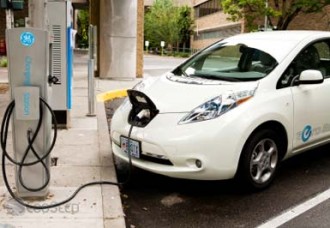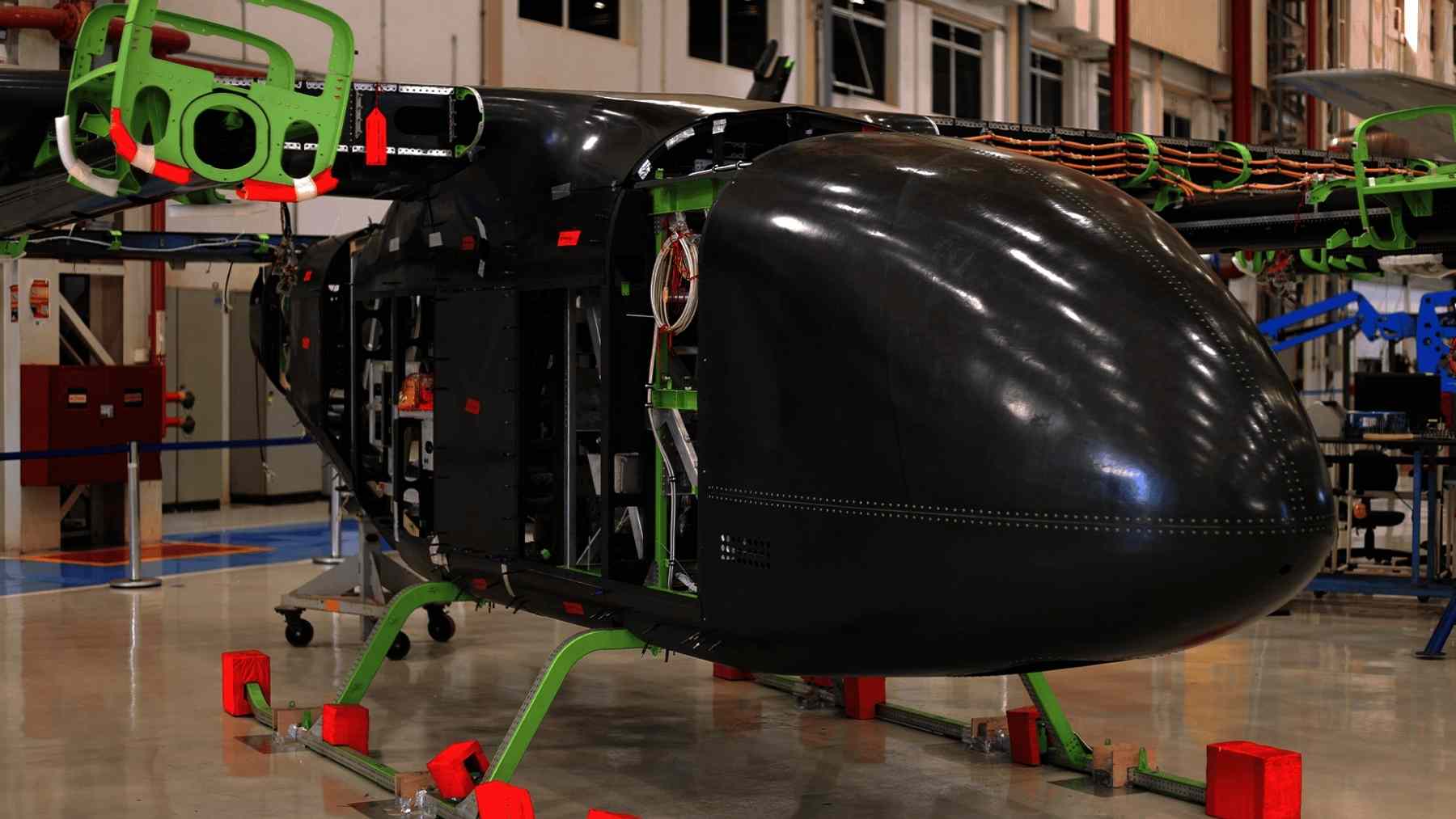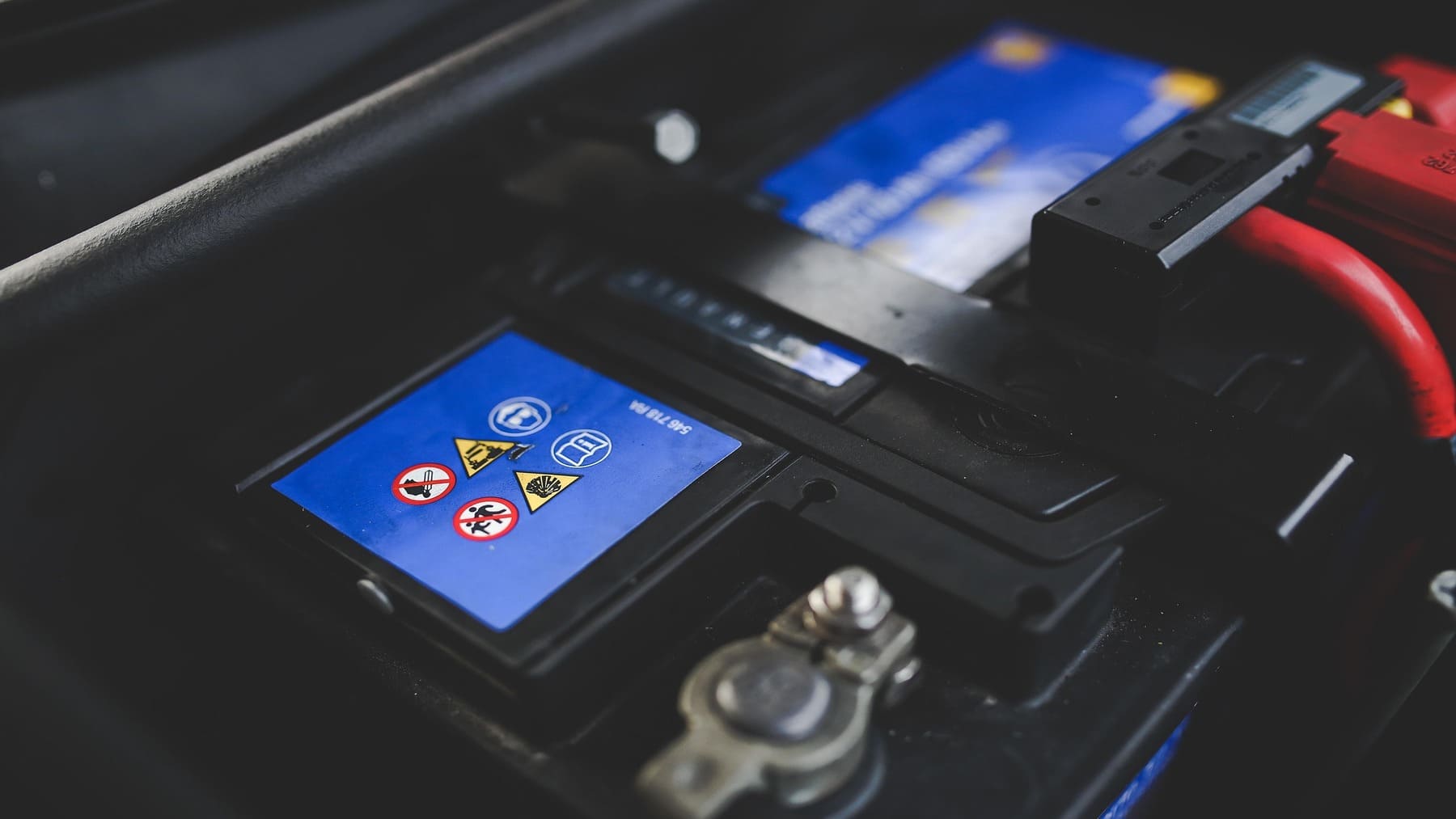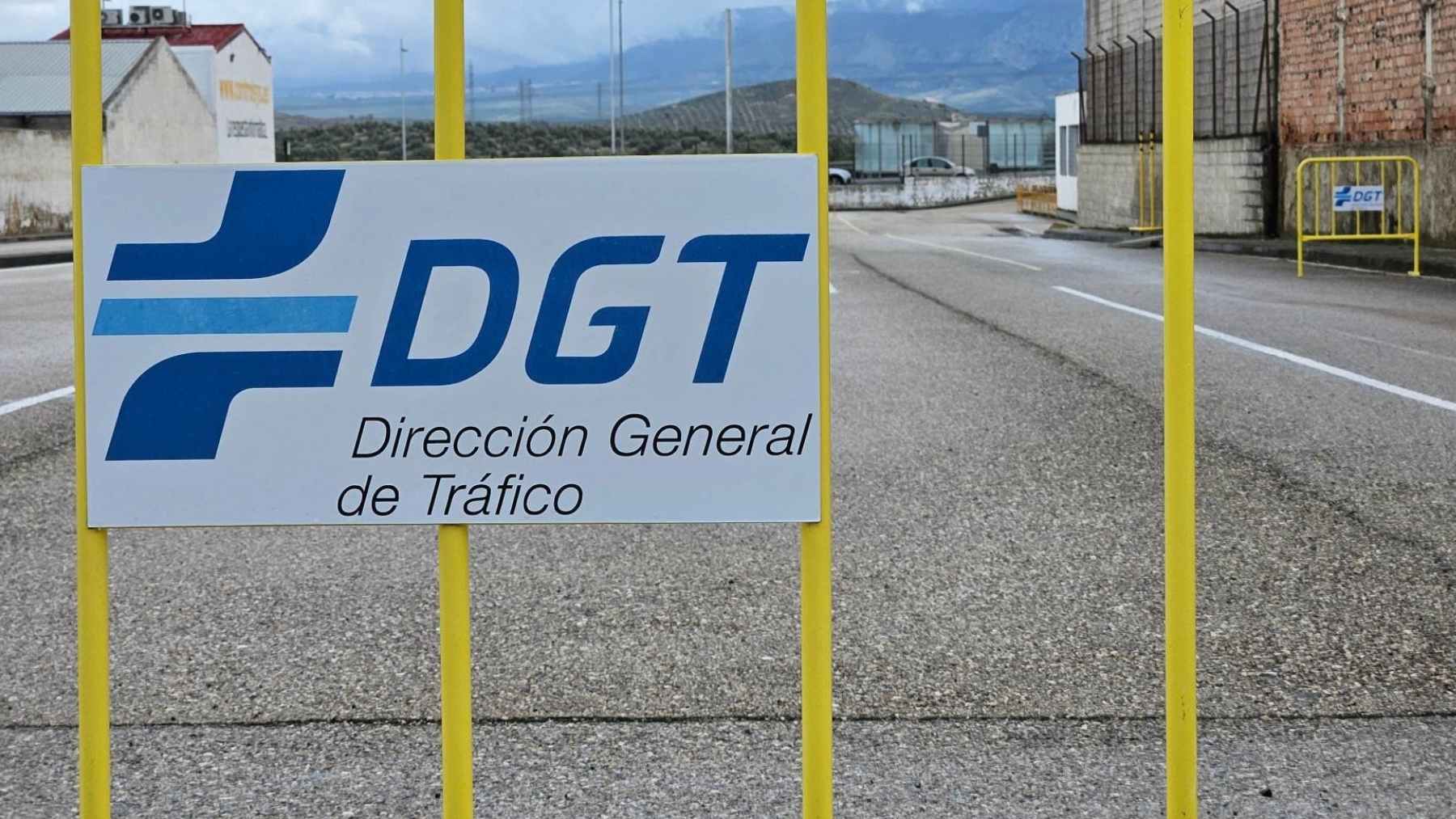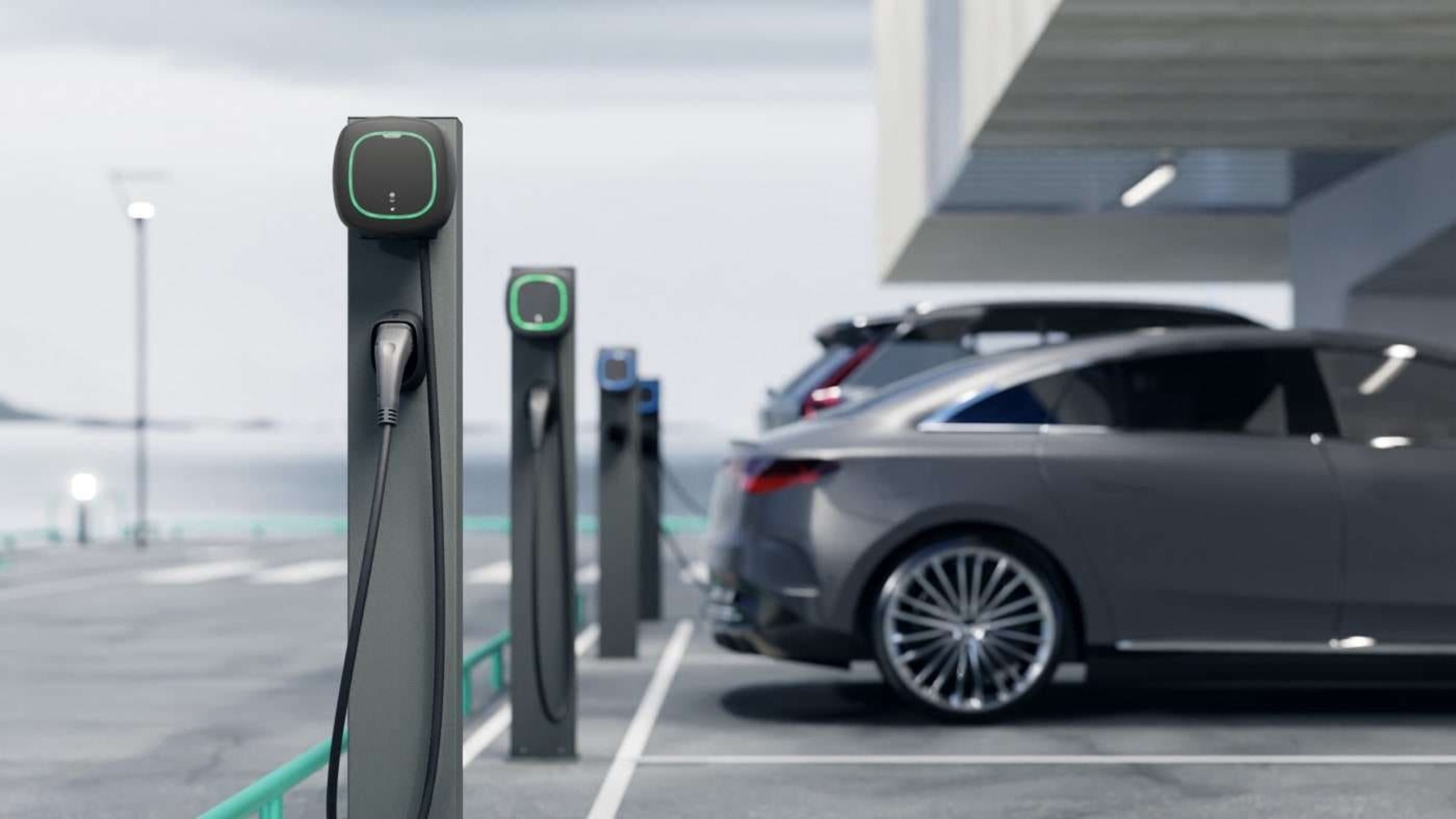Released by the Electric Vehicles Initiative, a multi-government policy forum aimed at accelerating the introduction and adoption of electric vehicles worldwide, the report showed that world E.V. stock now has over 180,000 vehicles.
Global electric vehicle passenger car market grew more than twofold between 2011 and 2012, surpassing the 100,000 sales mark last year, found the first Global E.V. Outlook report.
Released by the Electric Vehicles Initiative, a multi-government policy forum aimed at accelerating the introduction and adoption of electric vehicles worldwide, the report showed that world E.V. stock now has over 180,000 vehicles.
The United States accounts for the largest stock with 38 percent or about 71, 174 E.V.s, followed by Japan with 24 percent or roughly 44, 727 E.V.s and France with 11 percent or around 20,000 E.V.s.
However, the E.V.I. noted that current world E.V. stock only represents 0.02 percent of the 20 million projected total passenger car stocks by 2020, which indicates that greater adoption rates among countries are needed to pull off this ambitious target.
Transportation is one of the largest carbon emitting sectors in most of the countries due to burning of petroleum-based products such as gasoline in internal combustion engines. According to the United States Environmental Protection, the biggest sources of transportation-related emissions are passenger cars, along with light-duty trucks, accounting for more than half of the emissions from the sector.
The report noted electric vehicles is one of the most promising technologies to achieve sustainable transport, increasing energy security and reducing greenhouse gas emissions as well as other pollutants.
To boost E.V. deployment, E.V.I. member governments have already made substantial research, development and demonstration investments in vehicle electrification, with $8.7 billion in combined expenditures since 2008.
“These efforts have helped reduce battery development costs by more than 50 percent in the last five years,” said the E.V.I. adding that strong government support in E.V.I. countries on both the supply and demand sides is also contributing to growing market penetration.
While the electric vehicle market saw an increase in the past two years, the report stressed that there are still major challenges that hinder widespread adoption including technological, financial, market and policy barriers.
Significantly, cost is the foremost technological challenge currently confronting E.V.s along with the performance of their components, particularly battery. Cost per kilowatt hour of lithium-ion battery ranges between $500 to 600, taking up large share of a vehicle’s cost.
Financing charging infrastructure is another area of concern as E.V.s urgently require supply equipment. Hence, governments at the national, regional and local levels are critical to infrastructure investment.
“[They] could hinder market transformation if not addressed through further R&D investments, public-private collaboration, and innovative policy and business solutions,” warned the report.
Significant market growth is expected over the next coming years, and the E.V.I. said improvement that E.V. market has made in the last few years provide a strong foundation toward this growth.
The E.V.I. is one of the several initiatives launched in 2010 under the Clean Energy Ministerial, a high level forum of ministers from the countries responsible for four-fifths of the world’s greenhouse gas emissions. It includes 15 member countries from Africa, Asia, Europe, and North America, as well as participation from the International Energy Agency. These members comprise 8 of the 10 largest vehicle markets globally and are projected to account for 83 percent of the E.V. sales between 2013 and 2020. – C. Dominguez
